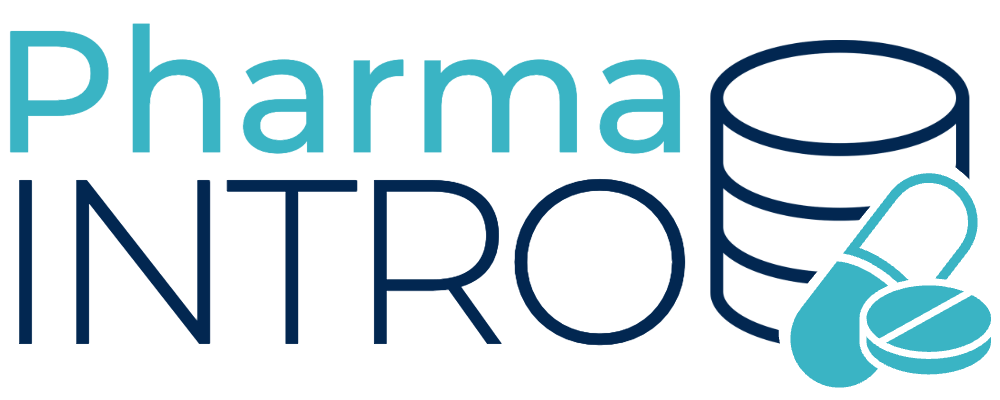In the life science industry, developing a go-to-market (GTM) strategy is critical for success. A GTM strategy is a comprehensive plan that outlines how a life science company will reach its target audience and sell its products or services.
The life science industry is complex, with a wide range of products and services, including pharmaceuticals, medical devices, biotechnology, and more. Therefore, a successful GTM strategy requires a deep understanding of the industry and its specific needs.
Here are some key elements to consider when developing a GTM strategy in the life science industry:
- Understand your target audience: The first step in developing a GTM strategy is to identify your target audience. This could include healthcare providers, hospitals, research institutions, or pharmaceutical companies. You need to understand the specific needs of your audience and tailor your strategy accordingly.
- Develop a compelling value proposition: Your value proposition should clearly communicate the benefits of your product or service to your target audience. It should highlight how your product or service addresses their specific pain points and offers a unique solution.
- Choose the right channels: Once you understand your target audience and value proposition, you need to determine the best channels to reach them. This could include trade shows, conferences, digital marketing, or direct sales.
- Create a strong brand: Your brand should communicate your value proposition and differentiate you from competitors. This includes developing a strong visual identity, messaging, and positioning.
- Build strong relationships: In the life science industry, relationships are critical. Building strong relationships with key opinion leaders, stakeholders, and decision-makers can help you gain credibility and increase your chances of success.
- Monitor and adjust: A successful GTM strategy requires constant monitoring and adjustment. You need to track your progress, measure your results, and make adjustments as needed to ensure that you are meeting your goals.
In conclusion, developing a successful GTM strategy in the life science industry requires a deep understanding of the industry and its specific needs. By understanding your target audience, developing a compelling value proposition, choosing the right channels, creating a strong brand, building strong relationships, and monitoring and adjusting your strategy, you can increase your chances of success in this complex and ever-evolving industry.

